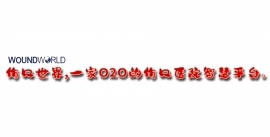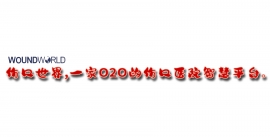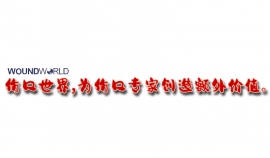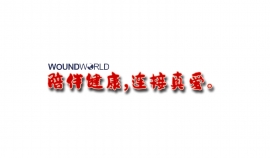文献精选
Rianneke de Ritter1,2 ● Simone J. S. Sep1,2,3 & Marleen M. J. van Greevenbroek1,2 & Yvo H. A. M. Kusters1,2 & Rimke C. Vos4,5 ● Michiel L. Bots4 ● M. Eline Kooi2,6 ● Pieter C. Dagnelie1,2 ● Simone J. P. M. Eussen2,7,8 ● Miranda T. Schram1,2,9,10 ● Annemarie Koster8,11 ● Martijn C. G. Brouwers 1,2 ● Niels M. R. van der Sangen12 ● Sanne A. E. Peters4,13 ● Carla J. H. van der Kallen1,2 ● Coen D. A. Stehouwer1,2
Received: 27 May 2022 / Accepted: 22 November 2022 / Published online: 20 February 2023 © The Author(s) 2023
Abstract
Aims/hypothesis Obesity is a major risk factor for type 2 diabetes. However, body composition differs between women and men. In this study we investigate the association between diabetes status and body composition and whether this association is moderated by sex.
Methods In a population-based cohort study (n=7639; age 40–75 years, 50% women, 25% type 2 diabetes), we estimated the sex-specific associations, and differences therein, of prediabetes (i.e. impaired fasting glucose and/or impaired glucose tolerance) and type 2 diabetes (reference: normal glucose metabolism [NGM]) with dual-energy x-ray absorptiometry (DEXA)- and MRIderived measures of body composition and with hip circumference. Sex differences were analysed using adjusted regression models with interaction terms of sex-by-diabetes status.
Results Compared with their NGM counterparts, both women and men with prediabetes and type 2 diabetes had more fat and lean mass and a greater hip circumference. The differences in subcutaneous adipose tissue, hip circumference and total and peripheral lean mass between type 2 diabetes and NGM were greater in women than men (women minus men [W–M] mean difference [95% CI]: 15.0 cm2 [1.5, 28.5], 3.2 cm [2.2, 4.1], 690 g [8, 1372] and 443 g [142, 744], respectively). The difference in visceral adipose tissue between type 2 diabetes and NGM was greater in men than women (W–M mean difference [95% CI]: −14.8 cm2 [−26.4, −3.1]). There was no sex difference in the percentage of liver fat between type 2 diabetes and NGM. The differences in measures of body composition between prediabetes and NGM were generally in the same direction, but were not significantly different between women and men.
Conclusions/interpretation This study indicates that there are sex differences in body composition associated with type 2 diabetes. The pathophysiological significance of these sex-associated differences requires further study.
Rianneke de Ritter
该Email地址已收到反垃圾邮件插件保护。要显示它您需要在浏览器中启用JavaScript。
1 Department of Internal Medicine, Maastricht University Medical Center+, Maastricht, the Netherlands
2 CARIM School for Cardiovascular Diseases, Maastricht University, Maastricht, the Netherlands
3 Adelante, Center of Expertise in Rehabilitation and Audiology, Hoensbroek, the Netherlands
4 Julius Center for Health Sciences and Primary Care, University Medical Center Utrecht, Utrecht University, Utrecht, the Netherlands
5 Leiden University Medical Center, Department of Public Health and Primary Care/LUMC-Campus, The Hague, the Netherlands
6 Department of Radiology and Nuclear Medicine, Maastricht University Medical Center+, Maastricht, the Netherlands
7 Department of Epidemiology, Maastricht University, Maastricht, the Netherlands
8 CAPHRI Care and Public Health Research Institute, Maastricht University, Maastricht, the Netherlands
9 Heart and Vascular Center, Maastricht University Medical Center+, Maastricht, the Netherlands
10 MHeNs School for Mental Health and Neuroscience, Maastricht University Medical Center+, Maastricht, the Netherlands
11 Department of Social Medicine, Maastricht University, Maastricht, the Netherlands
12 Department of Cardiology, Amsterdam UMC, University of Amsterdam, Amsterdam, the Netherlands
13 The George Institute for Global Health, Imperial College London, London, UK
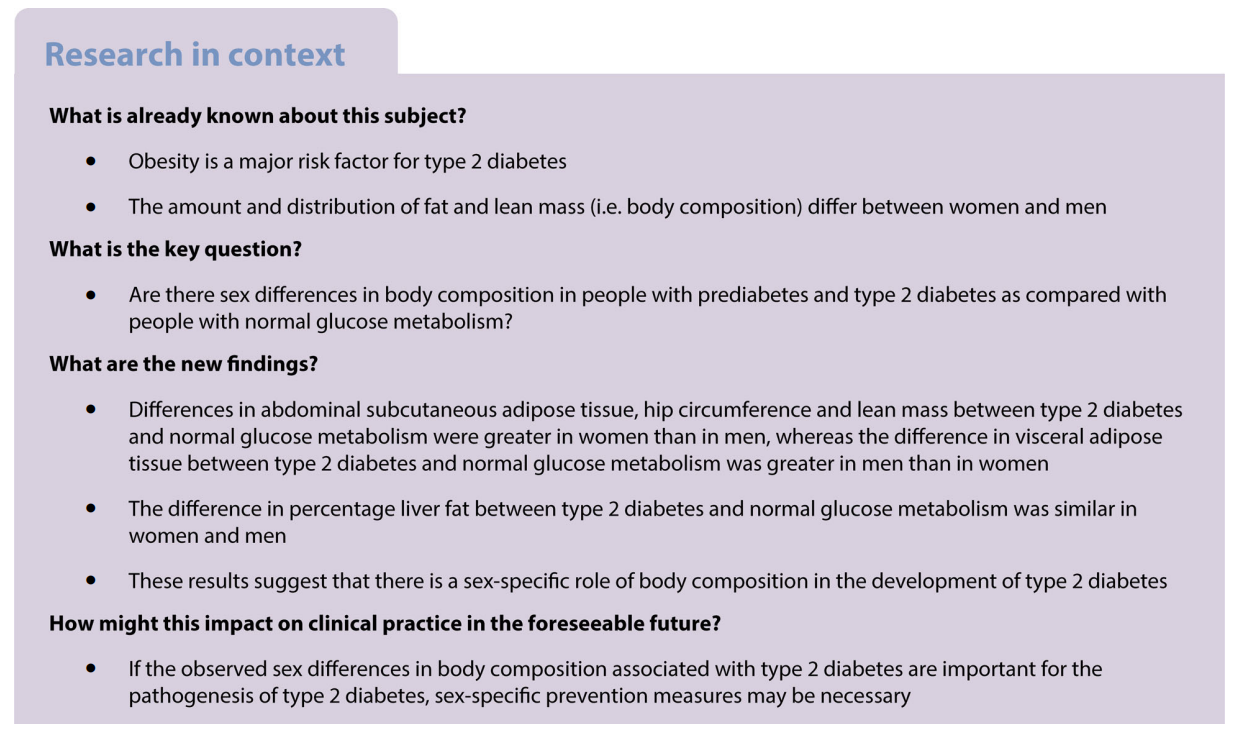
Keywords Body composition . DEXA . Fat mass . Lean mass . Liver fat . MRI . Prediabetes . Sex differences . Type 2 diabetes . Women
Abbreviations
DEXA Dual-energy x-ray absorptiometry
GMR Geometric mean ratio
GMS Glucose metabolism status
NGM Normal glucose metabolism
SAT Subcutaneous adipose tissue
VAT Visceral adipose tissue
W–M Women minus men
Melanie Lloyd1,2 iD Jedidiah Morton1,2,3 ● Helena Teede2 ● Clara Marquina1 ● Dina Abushanab1 ● Dianna J. Magliano2,3 ● Emily J. Callander2 ● Zanfina Ademi1,2
Received: 25 August 2022 /Accepted: 31 January 2023 © The Author(s) 2023
Abstract
Aims/hypothesis The aim of this study was to determine the long-term cost-effectiveness and return on investment of implementing a structured lifestyle intervention to reduce excessive gestational weight gain and associated incidence of gestational diabetes mellitus (GDM) and type 2 diabetes mellitus.
Methods A decision-analytic Markov model was used to compare the health and cost-effectiveness outcomes for (1) a structured lifestyle intervention during pregnancy to prevent GDM and subsequent type 2 diabetes; and (2) current usual antenatal care. Life table modelling was used to capture type 2 diabetes morbidity, mortality and quality-adjusted life years over a lifetime horizon for all women giving birth in Australia. Costs incorporated both healthcare and societal perspectives. The intervention effect was derived from published meta-analyses. Deterministic and probabilistic sensitivity analyses were used to capture the impact of uncertainty in the model.
Results The model projected a 10% reduction in the number of women subsequently diagnosed with type 2 diabetes through implementation of the lifestyle intervention compared with current usual care. The total net incremental cost of intervention was approximately AU$70 million, and the cost savings from the reduction in costs of antenatal care for GDM, birth complications and type 2 diabetes management were approximately AU$85 million. The intervention was dominant (cost-saving) compared with usual care from a healthcare perspective, and returned AU$1.22 (95% CI 0.53, 2.13) per dollar invested. The results were robust to sensitivity analysis, and remained cost-saving or highly cost-effective in each of the scenarios explored.
Conclusions/interpretation This study demonstrates significant cost savings from implementation of a structured lifestyle intervention during pregnancy, due to a reduction in adverse health outcomes for women during both the perinatal period and over their lifetime.
Keywords Cost-effectiveness . Decision modelling . Dietary intervention . Epidemiology . Gestational diabetes mellitus . Life table modelling . Physical activity . Pregnancy . Type 2 diabetes mellitus
Zanfina Ademi
该Email地址已收到反垃圾邮件插件保护。要显示它您需要在浏览器中启用JavaScript。
1 Centre for Medicine Use and Safety, Faculty of Pharmacy and Pharmaceutical Sciences, Monash University, Melbourne, Australia
2 School of Public Health and Preventive Medicine, Monash University, Melbourne, Australia
3 Diabetes and Population Health, Baker Heart and Diabetes Institute, Melbourne, Australia
Ilaria Marzinotto1 iD David L. Pittman2 iD Alistair J. K. Williams3 iD Anna E. Long3 iD Peter Achenbach4 iD Michael Schlosser5,6 & Beena Akolkar7 iD William E. Winter2 & Vito Lampasona1 iD participating laboratories
Received: 30 August 2022 /Accepted: 21 December 2022 / The Author(s) 2023
Abstract
Aims/hypothesis The Islet Autoantibody Standardization Program (IASP) aims to improve the performance of immunoassays measuring autoantibodies in type 1 diabetes and the concordance of results across laboratories. IASP organises international workshops distributing anonymised serum samples to participating laboratories and centralises the collection and analysis of results. In this report, we describe the results of assays measuring IAA submitted to the IASP 2018 and 2020 workshops. Methods The IASP distributed uniquely coded sera from individuals with new-onset type 1 diabetes, multiple islet autoantibodypositive individuals, and diabetes-free blood donors in both 2018 and 2020. Serial dilutions of the anti-insulin mouse monoclonal antibody HUI-018 were also included. Sensitivity, specificity, area under the receiver operating characteristic curve (ROCAUC), partial ROC-AUC at 95% specificity (pAUC95) and concordance of qualitative/quantitative results were compared across Results Results from 45 IAA assays of seven different formats and from 37 IAA assays of six different formats were submitted to the IASP in 2018 and 2020, respectively. The median ROC-AUC was 0.736 (IQR 0.617–0.803) and 0.790 (IQR 0.730–0.836), while the median pAUC95 was 0.016 (IQR 0.004–0.021) and 0.023 (IQR 0.014–0.026) in the 2018 and 2020 workshops, respectively. Assays largely differed in AUC (IASP 2018 range 0.232–0.874; IASP 2020 range 0.379–0.924) and pAUC95 (IASP 2018 and IASP 2020 range 0–0.032). Conclusions/interpretation Assay formats submitted to this study showed heterogeneous performance. Despite the high variability across laboratories, the in-house radiobinding assay (RBA) remains the gold standard for IAA measurement. However, novel non-radioactive IAA immunoassays showed a good performance and, if further improved, might be considered valid alternatives to RBAs.
Keywords Autoantibodies . IAA . IASP interlaboratory comparison study . Sensitivity . Specificity . Type 1 diabetes
Ilaria Marzinotto and David L. Pittman contributed equally.
Alistair John Kerr Williams died on 17th September 2020.
* Peter Achenbach
该Email地址已收到反垃圾邮件插件保护。要显示它您需要在浏览器中启用JavaScript。
* Vito Lampasona
该Email地址已收到反垃圾邮件插件保护。要显示它您需要在浏览器中启用JavaScript。
1 San Raffaele Diabetes Research Institute, San Raffaele Scientific Institute, Milan, Italy
2 Department of Pathology, University of Florida, Gainesville, FL, USA
3 Diabetes and Metabolism, Translational Health Sciences, University of Bristol, Bristol, UK
4 Institute of Diabetes Research, Helmholtz Munich, German Research Center for Environmental Health, Neuherberg, Germany
5 Department of General Surgery, Visceral, Thoracic and Vascular Surgery, University Medical Center Greifswald, Greifswald, Germany
6 Institute of Pathophysiology, Research Group of Predictive Diagnostics, University Medical Center Greifswald, Karlsburg, Germany
7 Division of Diabetes, Endocrinology, and Metabolic Diseases, National Institute of Diabetes and Digestive and Kidney Diseases, Bethesda, MD, USA
https://doi.org/10.1007/s00125-023-05877-9 / Published online: 10 February 2023
Nita G. Forouhi1
Nita G. Forouhi 该Email地址已收到反垃圾邮件插件保护。要显示它您需要在浏览器中启用JavaScript。
1 MRC Epidemiology Unit, University of Cambridge School of Clinical Medicine, Institute of Metabolic Science, Cambridge Biomedical Campus, Cambridge, UK
Received: 27 July 2022 /Accepted: 13 December 2022 / Published online: 14 February 2023 © The Author(s) 2023
Abstract
Nutrition therapy has been emphasised for decades for people with type 2 diabetes, and the vital importance of diet and nutrition is now also recognised for type 2 diabetes prevention. However, the complexity of diet and mixed messages on what is unhealthy, healthy or optimal have led to confusion among people with diabetes and their physicians as well as the general public. What should people eat for the prevention, management and remission of type 2 diabetes? Recently, progress has been made in research evidence that has advanced our understanding in several areas of past uncertainty. This article examines some of these issues, focusing on the role of diet in weight management and in the prevention and management of type 2 diabetes. It considers nutritional strategies including low-energy, low-fat and low-carbohydrate diets, discusses inter-relationships between nutrients, foods and dietary patterns, and examines aspects of quantity and quality together with new developments, challenges and future
Keywords Diet . Epidemiology . Nutrients . Nutrition . Obesity . Quality . Quantity . Review . Study design . Type 2 diabetes
Abbreviations
DASH Dietary Approaches to Stop Hypertension
GI Glycaemic index
GL Glycaemic load
NHS National Health Service
